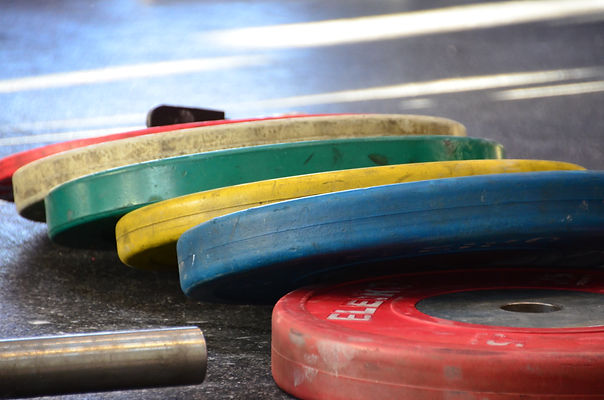Strength Coach Concussion Primer
- Dave McDowell
- Oct 9, 2015
- 3 min read
Recently concussions and mild traumatic brain injuries have been gaining significant exposure in the media. The NHL, NFL and other sporting organizations have made the dangers of concussions public in an attempt to change the games. This article will act as a Strength Coach concussion primer, and provide the necessary information for the strength coach.
Concussion rates are estimated to be as high as 1.6 to 3.8 million cases per year in the United states during sporting and recreational activities. With these numbers it is easy to see why the sudden wave of concussion information is flooding the networks. Graduated return to play protocols have become the norm and with strength and conditioning coaches working hand in hand with sports medicine professionals, S&C’s will likely be dealing with recovering athletes at some point in their career. With this in mind it is important that we establish the relationship between the strength and conditioning professional and the recovering athlete. It is imperative that strength and conditioning professionals have a strong grasp of the underlying mechanisms associate with the concussed athlete.
The concussion in sports group (CISG) produced a consensus statement that defines a concussion as follows: “Concussion is a brain injury and is defined as a complex physiological process affecting the brain, induced by traumatic biomechanical forces.”

When an athlete suffers a concussion he/she can present a multitude of signs and symptoms. These signs and symptoms can range across a broad spectrum. The signs and symptoms have been broken down into 4 categories by the Centers for Disease Control and Prevention. They are: cognitive, physical, emotional and sleep. These signs and symptoms are listed belowCategorySigns and SymptomsCognitiveSlow Reaction TimeDisorientationLack of ConcentrationAmnesiaPhysicalHeadacheLoss of ConsciousnessDizzinessVisual DisturbancesNausea/vomitingLoss of BalanceEmotionalIrritabilityLabilityDepressed MoodAnxietySleepDrowsinessSleep Disturbances
The Strength and conditioning professional should to be aware of all of these possible signs and symptoms in a potential athlete who has suffered a concussion. Strength and conditioning professionals should be aware of signs that should lead to a referral to an appropriate medical professional.
These signs include:
Witnessing a significant impact
Communications with the athlete during conditioning time suggest altered cognitive status or balance
Communication with athletes reveals that another athlete sustained a particularly hard blow, or has been showing symptoms not in line with normal behaviour.
Observation of athletes during conditioning time which promotes suspicion. Athlete may display forgetfulness, difficulty focusing, or difficulty following directions.
If the strength and conditioning professional notes any of the above outlined situations a referral is necessary and advised. It is imperative that the S&C professional refer on as soon as possible, practice and training practices should be ceased immediately.
After the athlete has been cleared a return to play strategy should be employed by a medical professional overseeing the rehab. Return to play can follow a 6 step model outlined below.Rehabilitation stageObjective of each Stage No activityRecovery Light Aerobic ActivityIncrease Heart Rate Sport-Specific ExerciseAdd Movement Noncontact Training DrillsExercise, Coordination, Cognitive Load Full Contact PracticeRestore Confidence and Assess Return to Play
It is the strength and conditioning coaches’ job to be in contact with the medical professional so as to progress training according to the outlined return to play strategy. So for all parents and strength and conditioning staff understand the signs and symptoms that may come from a concussion, also know when to refer on. Make sure that you are in contact with your medical professionals to follow an appropriate return to play strategy. Concussions can be serious and understanding these steps will help athletes return to play sooner, and allow us to diagnose more concussions and make our games safer.








Comments